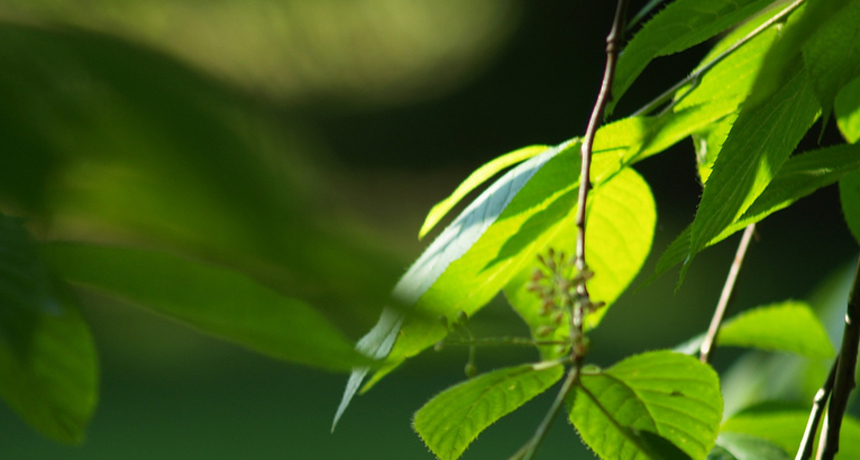Excitons’ motions captured in images

When plants make food, they absorb energy from light. Excitons move that energy to places in plants where it can be stored in its chemical form. Observing excitons in motion may help scientists better understand the process of photosynthesis.
Derek Tam/FLICKR (CC BY-SA 2.0)







